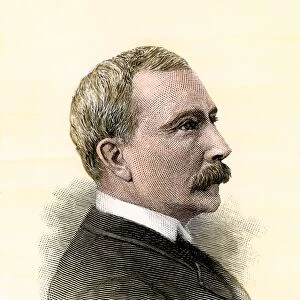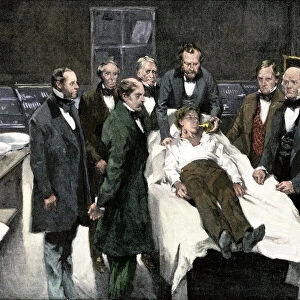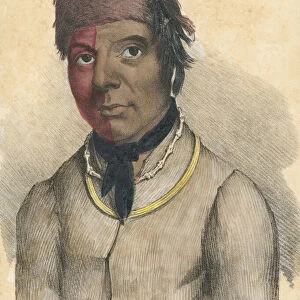Odontopleura ovata C015 / 0686
![]()

Wall Art and Photo Gifts from Science Photo Library
Odontopleura ovata C015 / 0686
Odontopleura ovata Emmrich 1839 Silurian, Wenlock Series, Wawoz, Pragowiec near Bardo, Cross Mountains, Poland
Science Photo Library features Science and Medical images including photos and illustrations
Media ID 9241781
© SINCLAIR STAMMERS/SCIENCE PHOTO LIBRARY
Extinct Extinction Fossil Fossilisation Fossilised Palaeozoic Era Poland Trilobite
EDITORS COMMENTS
This print showcases the fossilized remains of Odontopleura ovata, a trilobite species that existed during the Silurian period in what is now Poland. The photograph was taken at Wawoz, Pragowiec near Bardo, Cross Mountains and captures the intricate details of this extinct creature. Trilobites were marine arthropods that thrived over 400 million years ago during the Paleozoic era. This particular specimen belongs to the Wenlock Series, which represents a specific stage within the Silurian period. The image highlights the remarkable process of fossilization, where organic material gradually transforms into rock over millions of years. The delicate features and exoskeleton of Odontopleura ovata have been remarkably preserved through this process, allowing scientists to study its anatomy and gain insights into ancient ecosystems. Sinclair Stammers has expertly captured every minute detail in this photograph. From its segmented body to its distinctive spines and compound eyes, each element tells a story about life on Earth long before humans roamed these lands. As we marvel at this stunning piece from Science Photo Library, it serves as a reminder of our planet's rich geological history and how fossils like these provide valuable clues about past life forms and their eventual extinction.
MADE IN AUSTRALIA
Safe Shipping with 30 Day Money Back Guarantee
FREE PERSONALISATION*
We are proud to offer a range of customisation features including Personalised Captions, Color Filters and Picture Zoom Tools
SECURE PAYMENTS
We happily accept a wide range of payment options so you can pay for the things you need in the way that is most convenient for you
* Options may vary by product and licensing agreement. Zoomed Pictures can be adjusted in the Cart.












